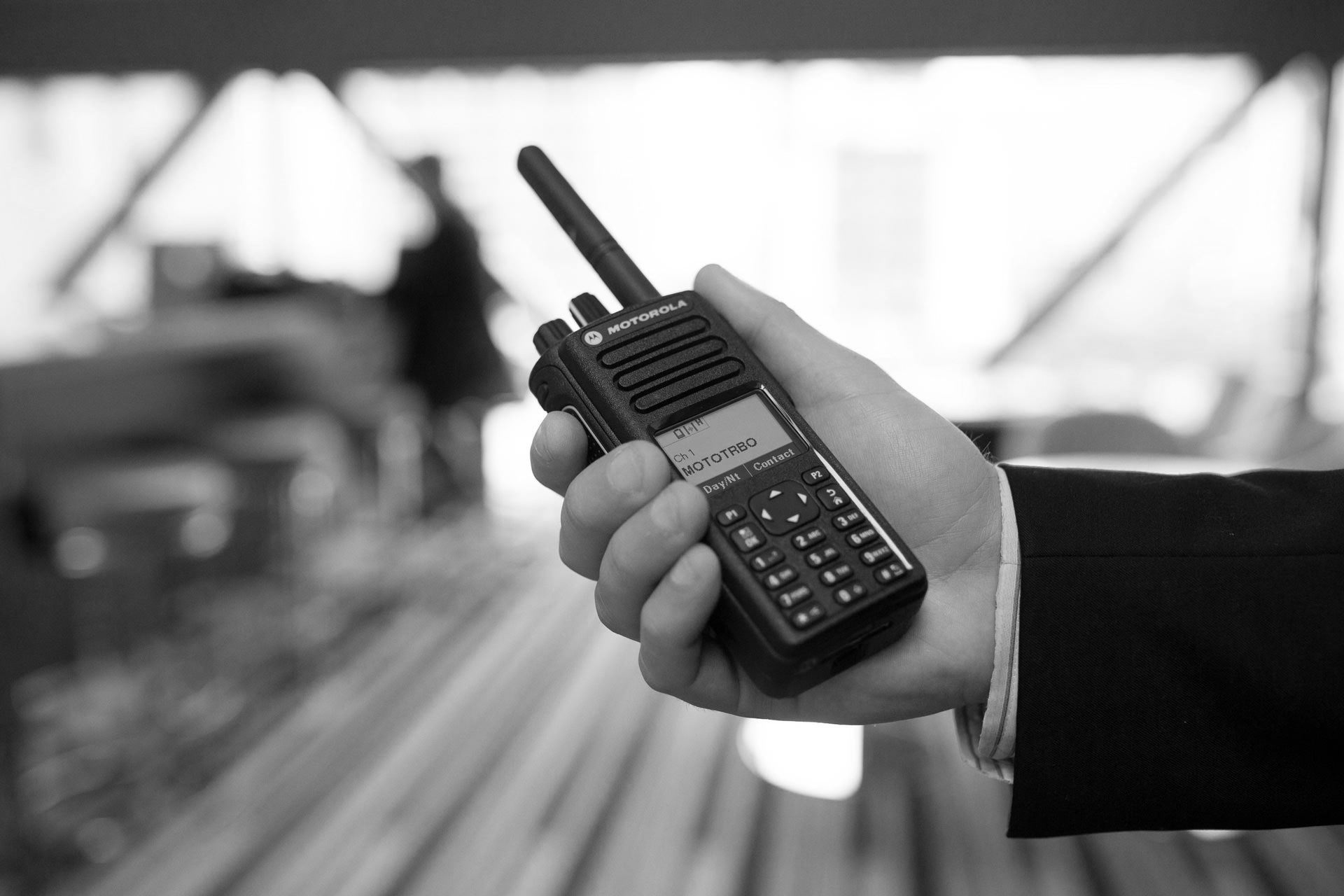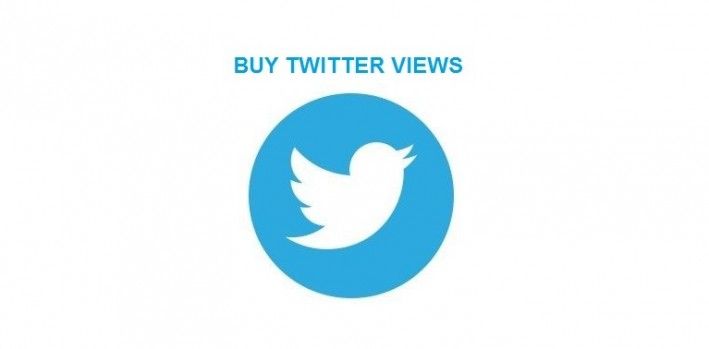
In comparison to other media used by media professionals, radio offers affordability, a broad reach, interest group selection, and easy message delivery. In any case, helpless attentiveness and discontinuity, a lack of aesthetic attractiveness, and complicated governmental procurement processes are all common challenges. In the last quarter-century, radio communication suppliers radio has seen significant transformations. It was once the main crowd-control method for publicists and crowds.
What exactly is radio?
A radio is a type of electrical equipment that produces or responds to radio waves. You may have figured out that radio waves are necessary for the larger collection of electromagnetic waves, which includes light, x-rays, and even gamma rays. These waves may pass through materials such as air, wood, glass, and concrete, as well as the space of a room. They do travel best in vacuum space.

Selectivity: Radio provides a high level of selectivity because of innumerable stations’ geographic inclusion and a variety of program designs. Publicists can target explicit populations who speak a variety of languages in a variety of areas, which may or may not be accessible through various mediums. Cost-effectiveness: The cost benefits of using radio as a publicizing medium are enormous. Radio time is undoubtedly less expensive than television, and commercials are relatively inexpensive to produce. They just require the broadcaster to read the details of the company or a predetermined message that the station can deliver. Within a limited media budget, publicists might use a variety of channels to broaden the breadth and frequency of their messages.
Adaptability: Of all the media, radio is perhaps the most adaptive due to its brief shut-off duration. Radio commercials can usually be developed in a short amount of time, and the advertising message may be adjusted very immediately before broadcast time if necessary. To suit different economic conditions, the same commercial message might be modified in several languages.
Mental Imagery: Radio commercials make use of sound, and one of the advantages of the current situation is that it encourages people to use their imaginations to create pictures while listening to the commercials. According to Verne Gay, the radio may use visual motions to build up pictures created by TV commercials. Similar articulated phrases or jingles are used in the radio and television industries in this approach. When buyers hear a similar commercial message or melody on the radio, radio communication suppliers people connect this one to the TV plug for seeing visuals. Radio and television commercials complement one other in this way.






